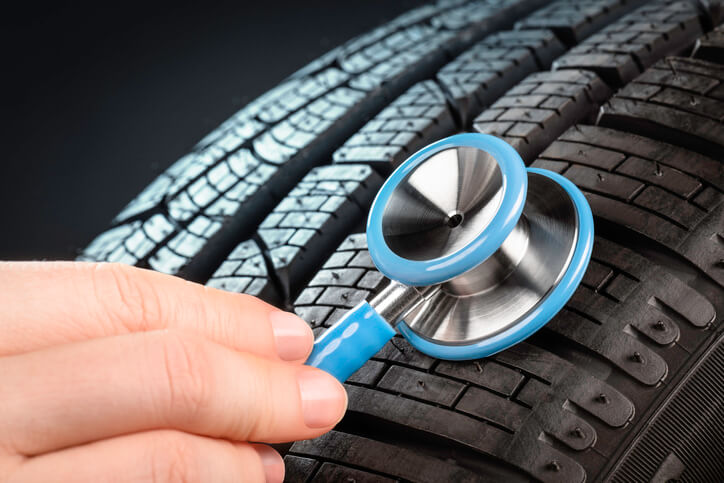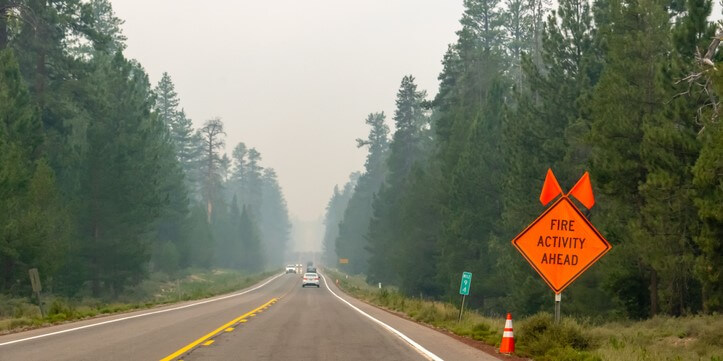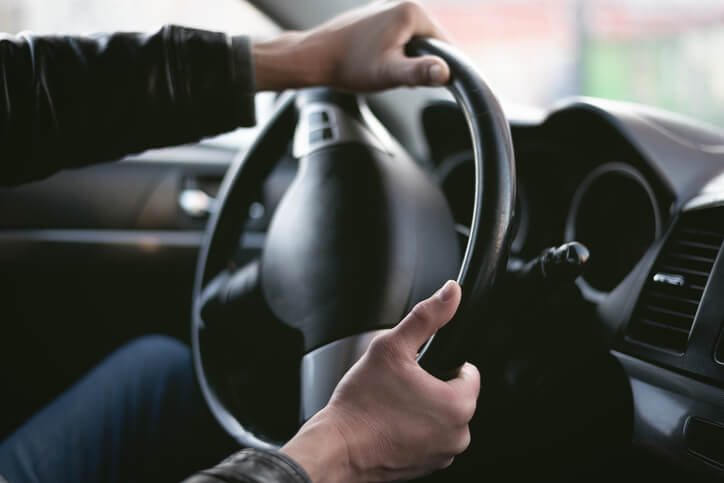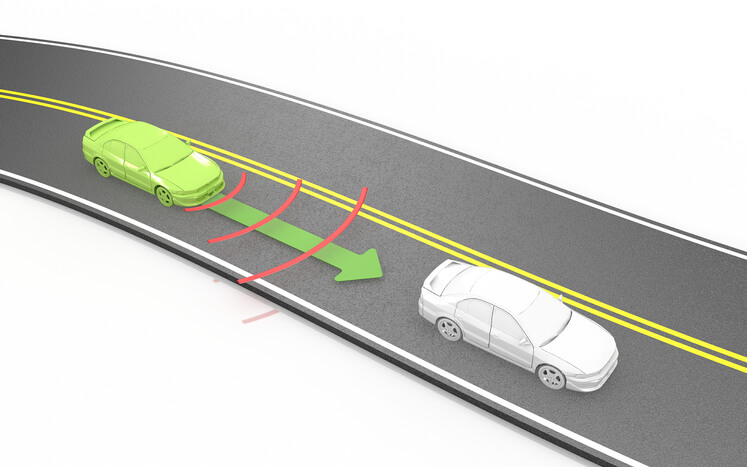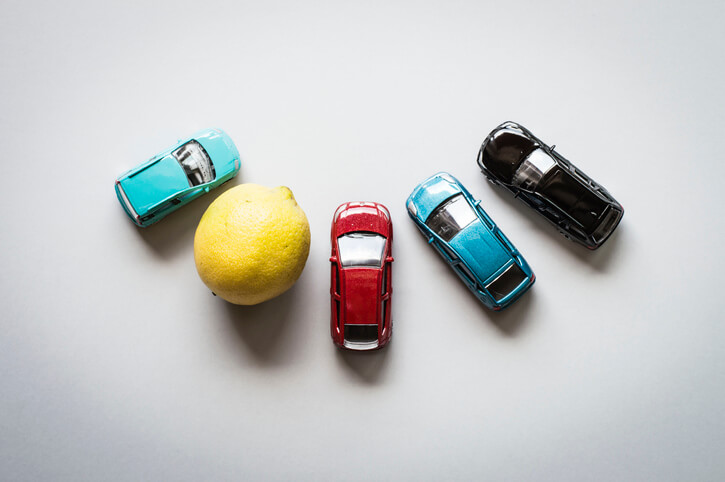Getting behind the wheel is a privilege that comes with great responsibility, regardless of age or driving experience. One of the most critical aspects of responsible driving is keeping your car well-maintained and in a safe driving condition. People often think of safety components such as working headlights, windshield wipers, or functional seatbelts, but it can be easy to overlook a significant part of safe driving.
If you’ve read the title of this article, you probably guessed it. That’s right. It’s your vehicle’s tires. Your tires are the only part of your vehicle that make contact with the road, which means they play a crucial role in your vehicle’s performance and safety.
Tires in poor condition are dangerous and can lead to many problems on the road. You’re probably wondering what you need to look for, how often you need to do so, and how to maintain your tires. Here’s what you need to know.
Why is Proper Tire Maintenance Important?
Proper tire maintenance ensures that your tires are functioning at their best, which can improve fuel efficiency, handling, and overall safety. Tires in good condition also help prevent costly repairs and replacements.
By keeping your tires in good shape, you can extend their lifespan, avoid the need for premature replacements, and get the most out of your vehicle’s performance, not to mention every gallon of gasoline.
How Often Should You Check Your Tires?
Experts recommend checking your tires at least once a month or before embarking on long road trips. Glancing at them before any drive is always a good idea. Just in case you drove over a nail on the way home the day before. You know, quickly kick the tires if you will. Yeah, that’s right. That’s where the expression comes from!
A tire check includes looking at the tire pressure, tread depth, and overall condition of the tires. What do we mean by tire pressure, tread depth, and general condition? Great question! Let’s take a look.
Tire Pressure
Tire pressure is essential for optimal performance and safety. Overinflated tires can cause poor handling and wear in the center of the tire, while underinflated tires can lead to poor fuel efficiency and wear on the edges of the tire. Use a tire pressure gauge to check the pressure of each tire and adjust as needed according to your vehicle manufacturer’s recommendations.
Tread Depth
Tire tread depth is another crucial factor in tire maintenance. Tires with insufficient tread depth can cause poor handling, reduced traction, and hydroplaning on wet roads. Use a tread depth gauge to measure the depth of the tire tread. If the depth is less than 2/32 of an inch, it’s time to replace the tire.
If you don’t have a tread depth gauge handy, never fear! You can perform a similar test with a humble penny. Just rotate Honest Abe’s head to point directly into the tread itself. Does the top of his head disappear behind the tread? If so, congratulations! Your tires tread is likely still above the critical 2/32 of an inch requirement, and you’re safe to drive!
Tire Condition
The overall condition of your tires can also affect their performance and safety. Look for signs of damage, such as cuts, punctures, or bulges on the tire’s sidewall. If you notice any of these signs, having your tire inspected by a professional as soon as possible is essential.
Seriously. It’s not worth the risk. If you notice any of these issues, have them inspected. Damaged tires can lead to incredibly dangerous blowouts
Best Practices for Tire Maintenance
Now that you know why proper tire maintenance is necessary and how often to check your tires, let’s look at some best practices for keeping your tires in good condition. Some of these you can easily do yourself, and some are best left to professionals. Don’t worry. We’ll cover it all!
- Rotate Your Tires: Tire rotation involves moving the tires from one position to another on the vehicle. Moving them around your vehicle this way can help ensure that the tires wear evenly, extending their lifespan and improving performance. Check your vehicle manufacturer’s recommendations for how often to rotate your tires.
- Balance Your Tires: Tire balancing involves adjusting the weight distribution of the tire and wheel assembly. Balancing can help prevent vibration and uneven tire wear, improving handling and overall safety. Also, balancing can be pretty technical, so this is a maintenance task for the pros, so have your tires balanced when you replace them or if you notice any vibration while driving.
- Keep Your Tires Clean: You should regularly clean your tires to help prevent the buildup of dirt and debris, which can cause damage to the tire and reduce performance. Use mild soap and water to clean your tires, and avoid using harsh chemicals or high-pressure washers, which can damage the tire.
- Store Your Tires Properly: If you need to store your tires for an extended period, you must store them properly to prevent damage. Keep the tires in a cool, dry place, away from sunlight and heat sources. If possible, store them off the ground to prevent flat spotting. Flat spotting is what it sounds like. When improperly stored, your tires can develop flat spots in the rubber, creating issues when you drive.
Where the Rubber Meets the Road
Proper tire maintenance is an essential aspect of safe, responsible driving. There’s no way around it, and there are few surer ways to leave you in a lot of trouble behind the wheel than improperly maintained tires. By checking them regularly, following best practices for maintenance, and addressing any issues promptly, you can ensure that your tires are always functioning optimally.
Regularly checking your tire pressure, tread depth, and overall condition can help prevent costly repairs and replacements. You’ll be able to hit the road confidently, knowing that your only points of contact with the road are ready to get you to your destination safely and efficiently.


